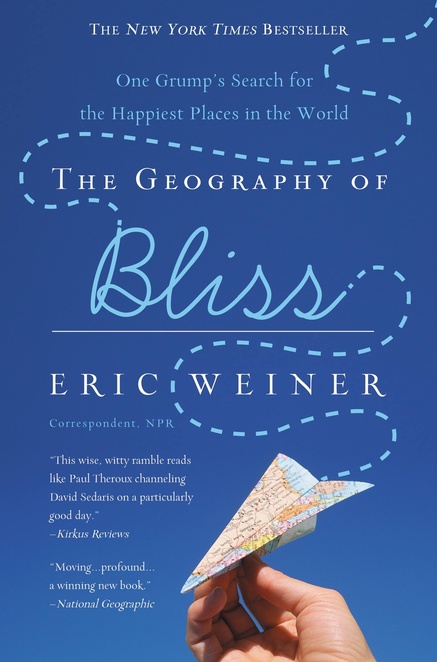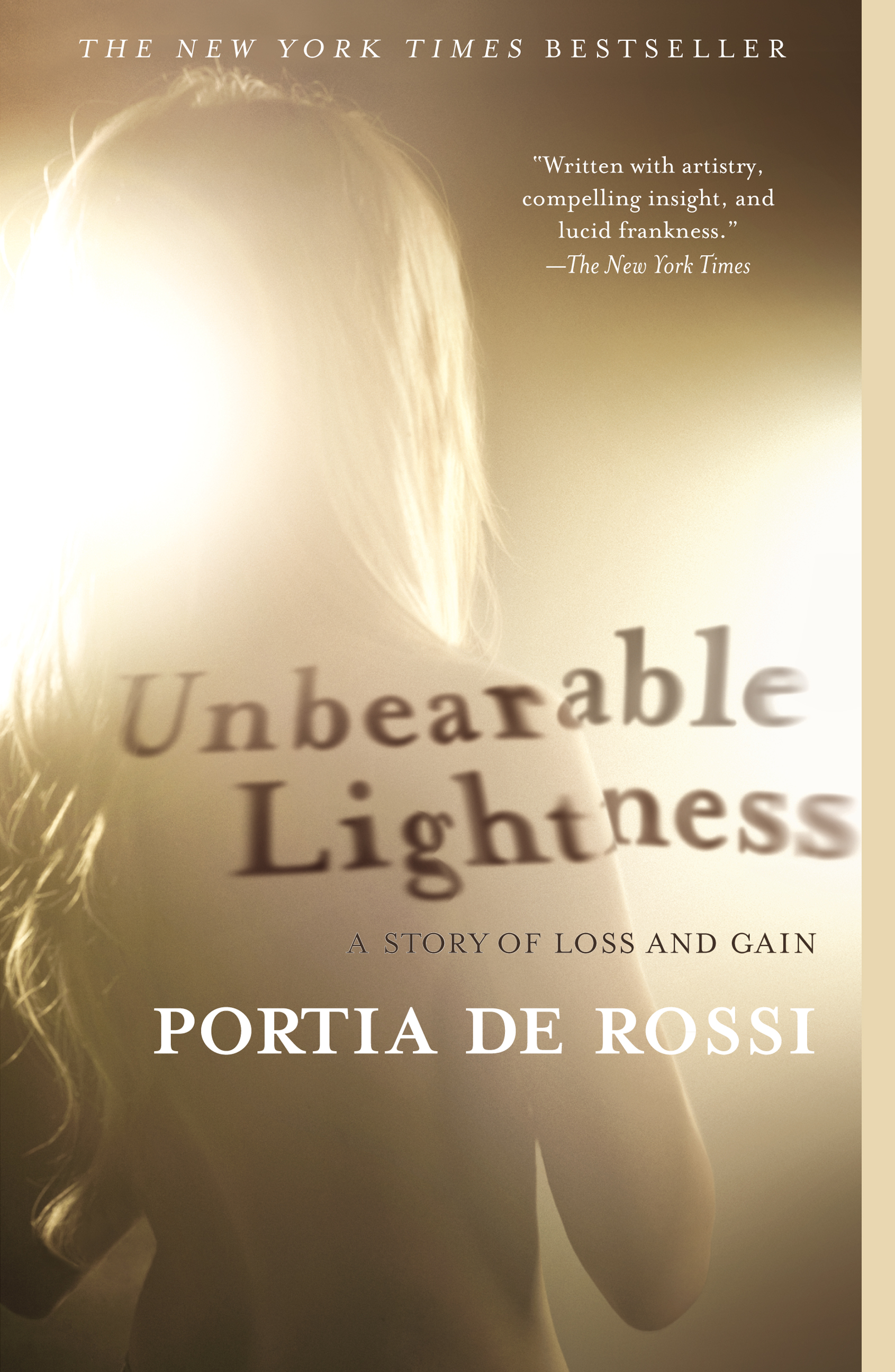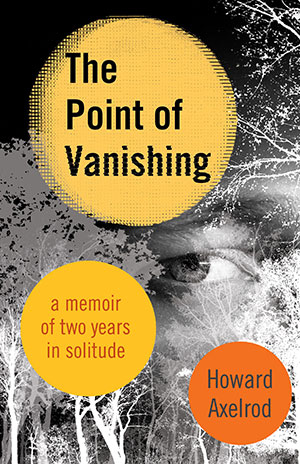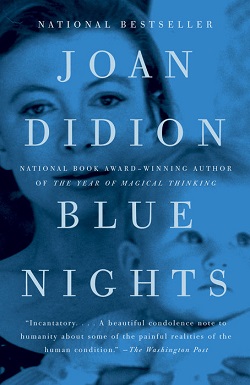Sometimes the best ways to inspire a new you are reading books published years, or even decades before. If they survive and withstand the test of time, those words take on new layers of wisdom, their insightful messages imbued with even more meaning years after their first release. We’ve pored over our past reviews to uncover those memoirs that inspired us then and even more so now. For additional books that’ll start your year off with momentum, check out Simon & Schuster’s New Year, New You page!

Rediscovered Reviews: 5 Time-Tested Memoirs to Inspire a New You
In a world that values the idea of positive psychology (“Think good thoughts and you will be happy!”), I am drawn to author Eric Weiner, a self-proclaimed grump. In his New York Times bestseller, THE GEOGRAPHY OF BLISS, Weiner sets out with his Lonely Planet guides and nothing to lose. An unhappy man, he is in search not for what makes people happy, but where. THE GEOGRAPHY OF BLISS shows me there’s more to life than finding happiness. There is perhaps some joy in looking for it.
For fans of “Happier with Gretchen Rubin”
Of course, Gretchen Rubin’s own books about habits and happiness are perfect foils for her and her sister Elizabeth’s popular podcast designed to make your life a little happier. But THE GEOGRAPHY OF BLISS by self-proclaimed grump Eric Weiner is also a great choice. Weiner details his around-the-globe hunt for joy; or, as he prefers to call it, the hunt for moments that are a little more “un-unhappy.”
Twyla Tharp’s second book, THE CREATIVE HABIT, became a New York Times bestseller and detailed her secrets for developing and maintaining creativity. More than a decade and a half later, at age seventy-eight, Tharp penned another bestseller, this time exploring her secret to harnessing vitality, finding purpose as you age, and expanding your possibilities over the course of a lifetime. Tharp, who still maintains a daily regimen of exercise and a breakneck schedule as a teacher, writer, creator, and lecturer, is often asked how she keeps up her pace at her advanced age. Her answer is simple: just keep it moving. It’s a no-nonsense attitude that frames her every decision, and one that’s accessible to any reader at any age. You don’t need to be an award-winning dancer or athlete or be at your physical peak in order to take advantage of Tharp’s ethos. Her overall argument is to embrace what every other antiaging or beauty-and-fitness program avoids saying: Chasing youth is a lost cause. No matter your fortune or genetics, you will eventually feel your corporal youth slip away. But this doesn’t mean you need to bid farewell to vitality, success, and happiness.
One of the world’s legendary artists and bestselling author of The Creative Habit shares her secrets—from insight to action—for harnessing vitality, finding purpose as you age, and expanding one’s possibilities over the course of a lifetime in her newest New York Times bestseller Keep It Moving.
At seventy-eight, Twyla Tharp is revered not only for the dances she makes—but for her astounding regime of exercise and nonstop engagement. She is famed for religiously hitting the gym each morning at daybreak, and utilizing that energy to propel her breakneck schedule as a teacher, writer, creator, and lecturer. This book grew out of the question she was asked most frequently: “How do you keep working?”
Keep It Moving is a series of no-nonsense mediations on how to live with purpose as time passes. From the details of how she stays motivated to the stages of her evolving fitness routine, Tharp models how fulfillment depends not on fortune—but on attitude, possible for anyone willing to try and keep trying. Culling anecdotes from Twyla’s life and the lives of other luminaries, each chapter is accompanied by a small exercise that will help anyone develop a more hopeful and energetic approach to the everyday.
Twyla will tell you what the beauty-fitness-wellness industry won’t: chasing youth is a losing proposition. Instead, Keep It Moving focuses you on what’s here and where you’re going—the book for anyone who wishes to maintain their prime for life.
Portia de Rossi’s memoir, UNBEARABLE LIGHTNESS, is an indelible self-portrait of a woman so uncomfortable with her identity that she attempts to change every aspect under her control. This is a memoir for readers who are finding themselves; for those who have ever attempted to throw their identity away; for those who have spent years or decades trying to be one thing, only to realize that their very goals are self-inflicted punishments. It’s also for those who want to read a beautiful and sensual story of self-acceptance; those who want to feel the healing touch of self-exploration; and those looking to find serenity in the aspects of themselves they cannot change. Most important, UNBEARABLE LIGHTNESS is for those who believe that one story does not an identity make, and that to strip us down to just one trait is to be unbearably light. Portia de Rossi now lives her life out loud, and with serious depth; it’s what makes her such a great actress, and it is what makes this memoir so special.
My father used to say his dream was to be a hermit in the woods. No cell phone, no emails, no text messages fluttering through the ether demanding his attention and response. Just a cabin and quiet. Howard Axelrod’s 2015 memoir, THE POINT OF VANISHING, captures my father’s idyllic dream. After a freak accident in college permanently blinds Axelrod in his right eye, he needs a drastic change in order to process his new perspective. To do so, he moves into a ramshackle cabin miles off any beaten track and spends the next two years alone, without any substantive contact with the outside world. The move seems drastic, but Axelrod is on a desperate mission to learn how to see a world that is, for him, forever altered.
For me, the most profound takeaway from THE POINT OF VANISHING was not the lesson to remove yourself from the world, or limit society, or even escape your phone—it’s to learn how to recognize what your brain does not see, how it impacts your existence, and how to turn your blind spots into strengths.
As we enter a new year, a book on mourning may not be at the top of one’s reading list. Yet despite the heavy nature of the subject matter, BLUE NIGHTS is an enlightening, and I would argue, necessary read. Didion distinguished herself as a remarkably perceptive writer, one to whom we must pay heed. She imparts extraordinary wisdom quietly, sans showy flourishes and self-congratulation. Rather, the searing truths planted throughout her work are delivered plainly, and her reader is left to digest, recycle, or adopt her wisdom as needed. And in the landscape of literature that deals with loss, where the truth is often obscured by flowery metaphors and fluffy language, this unequivocal wisdom is certainly needed.
From one of our most powerful writers, a work of stunning frankness about losing a daughter. Richly textured with memories from her own childhood and married life with her husband, John Gregory Dunne, and daughter, Quintana Roo, this new book by Joan Didion is an intensely personal and moving account of her thoughts, fears, and doubts regarding having children, illness and growing old. As she reflects on her daughter’s life and on her role as a parent, Didion grapples with the candid questions that all parents face, and contemplates her age, something she finds hard to acknowledge, much less accept. Blue Nights—the long, light evening hours that signal the summer solstice, “the opposite of the dying of the brightness, but also its warning”—like The Year of Magical Thinking before it, is an iconic book of incisive and electric honesty, haunting and profound.
Photo credit: iStock / Sonja Rachbauer












